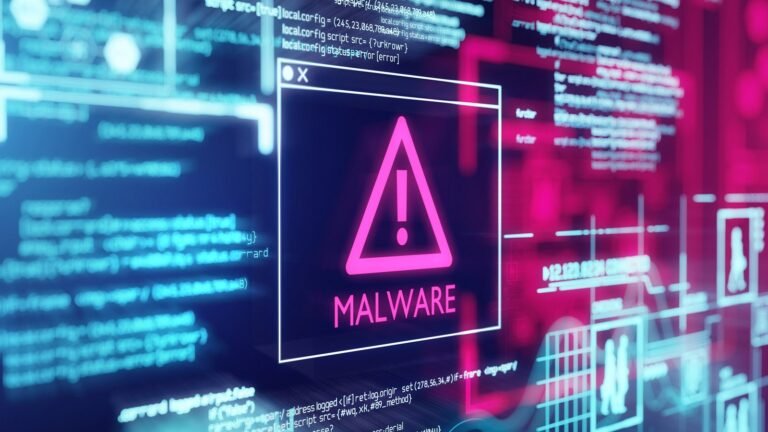Top Highlights
-
Takedown of AVCheck: An international law enforcement operation has seized AVCheck, a major service that allowed cybercriminals to test malware against antivirus detection, marking a crucial step in combating organized cybercrime.
-
Links to Crypting Services: Investigators found connections between AVCheck and crypting services Cryptor.biz and Crypt.guru, which help malware authors obfuscate their payloads, facilitating undetectability and deployment against targets.
-
Undercover Success: Authorities uncovered AVCheck’s illegal operations through undercover purchases and investigations, linking the service to ransomware groups targeting victims in the U.S. and abroad.
- Part of Operation Endgame: This action is part of Operation Endgame, which has already seized 300 servers and 650 domains associated with ransomware attacks, signaling a significant crackdown on cybercrime infrastructure.
The Core Issue
An extensive international law enforcement operation has successfully dismantled AVCheck, a notorious service leveraged by cybercriminals to evaluate the stealth capabilities of their malware against commercial antivirus software. The operation culminated in the seizure of AVCheck’s domain, which now prominently displays a warning banner from the U.S. Department of Justice, the FBI, the U.S. Secret Service, and Dutch police. AVCheck, recognized as a significant counter antivirus (CAV) service, provided cybercriminals with crucial insights to enhance their malware’s evasion tactics, ultimately facilitating a range of cybercrimes, including ransomware attacks targeting American entities.
The announcement detailing the operation underscores a coordinated effort involving undercover agents who infiltrated these digital criminal underbellies, confirming the illicit nature of the services through firsthand purchases and analysis. Both the U.S. Justice Department and law enforcement officials, such as Matthijs Jaspers from the Politie, have acknowledged the operation as a pivotal move against organized cybercrime. They aim to disrupt the operational foundations of these criminal networks by severing the connections between AVCheck and its associated crypting services, further undermining the malware ecosystem that endangers both American and international targets. This multifaceted initiative reflects a broader commitment to fighting cybercriminality at its roots, a strategic thrust embodied in Operation Endgame, which successfully seized hundreds of servers and domains tied to malicious activities.
Risk Summary
The dismantling of AVCheck poses substantial risks not only to the cybercriminal ecosystem but also to legitimate businesses, users, and organizations that could find themselves collateral damage in the ensuing chaos. As the backbone for testing malware evasion techniques, the shutdown of such services may lead to increased desperation among cybercriminals, who could resort to more aggressive tactics or launch widespread attacks in order to compensate for operational disruptions. This could manifest in a surge of sophisticated ransomware campaigns targeting vulnerabilities in corporate networks, as these actors, stripped of their usual silos for refinement, may deploy less-tested and potentially more destructive malware against unsuspecting organizations. Consequently, businesses must brace for an uptick in cyber threats, necessitating enhanced vigilance and robust cybersecurity measures to safeguard sensitive data and maintain operational integrity. Moreover, as the fallout extends beyond direct targets to include users and third-party service providers, the ripple effects may heighten the urgency for collaborative defenses and information sharing within the cybersecurity community.
Possible Next Steps
The necessity for prompt remediation in cyber incidents cannot be overstated, particularly when it comes to dismantling malicious infrastructures that facilitate cybercriminal activities.
Mitigation Strategies
- Implement robust firewalls.
- Employ Intrusion Detection Systems (IDS).
- Conduct regular security audits.
- Establish incident response teams.
- Educate employees on phishing and malware.
- Regularly patch and update systems.
NIST Guidance
The NIST Cybersecurity Framework (CSF) emphasizes identifying, protecting against, detecting, responding to, and recovering from cybersecurity threats. For more detailed contextual information, refer to NIST Special Publication 800-61, which focuses on Computer Security Incident Handling.
Explore More Security Insights
Discover cutting-edge developments in Emerging Tech and industry Insights.
Explore engineering-led approaches to digital security at IEEE Cybersecurity.
Disclaimer: The information provided may not always be accurate or up to date. Please do your own research, as the cybersecurity landscape evolves rapidly. Intended for secondary references purposes only.
Cyberattacks-V1

